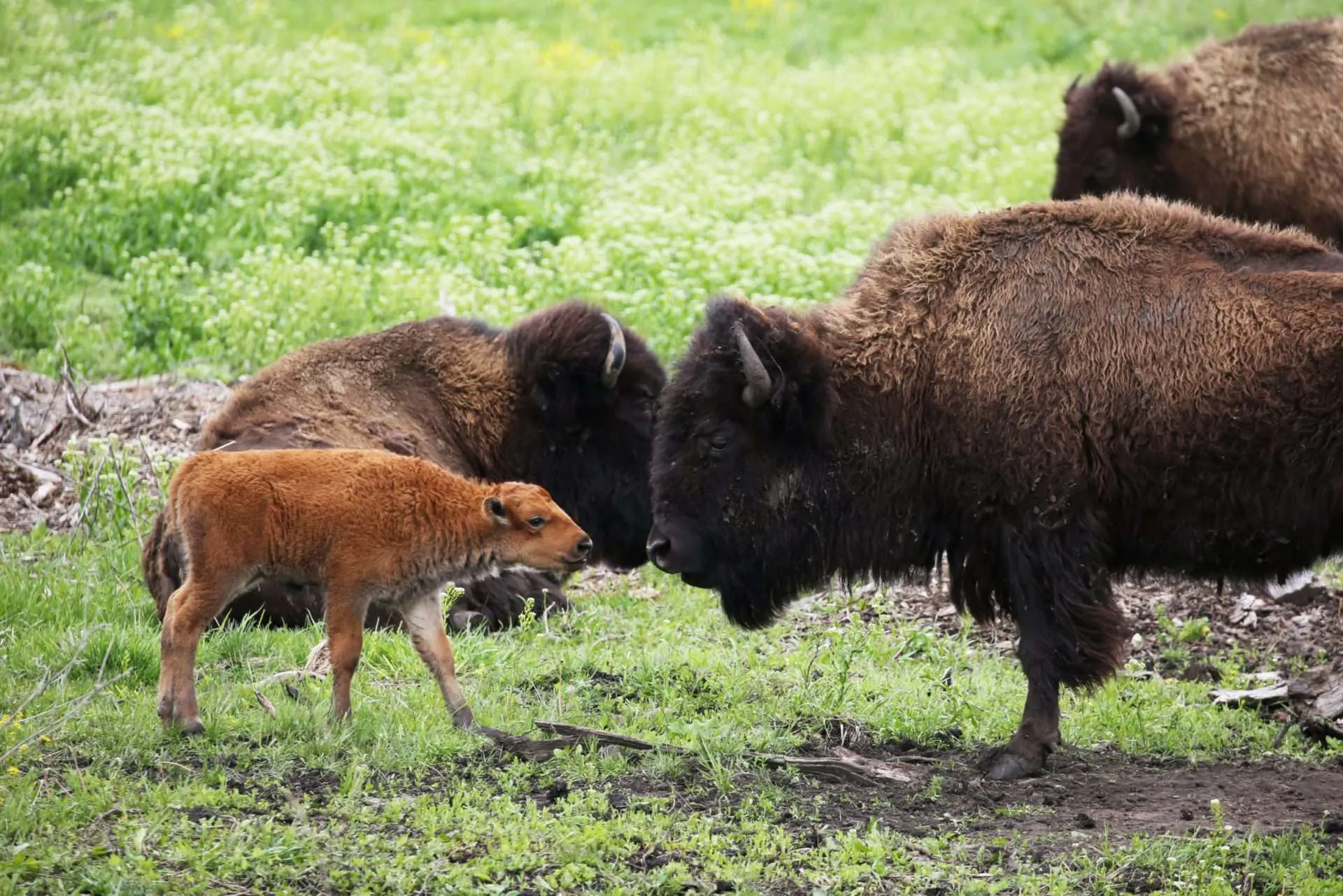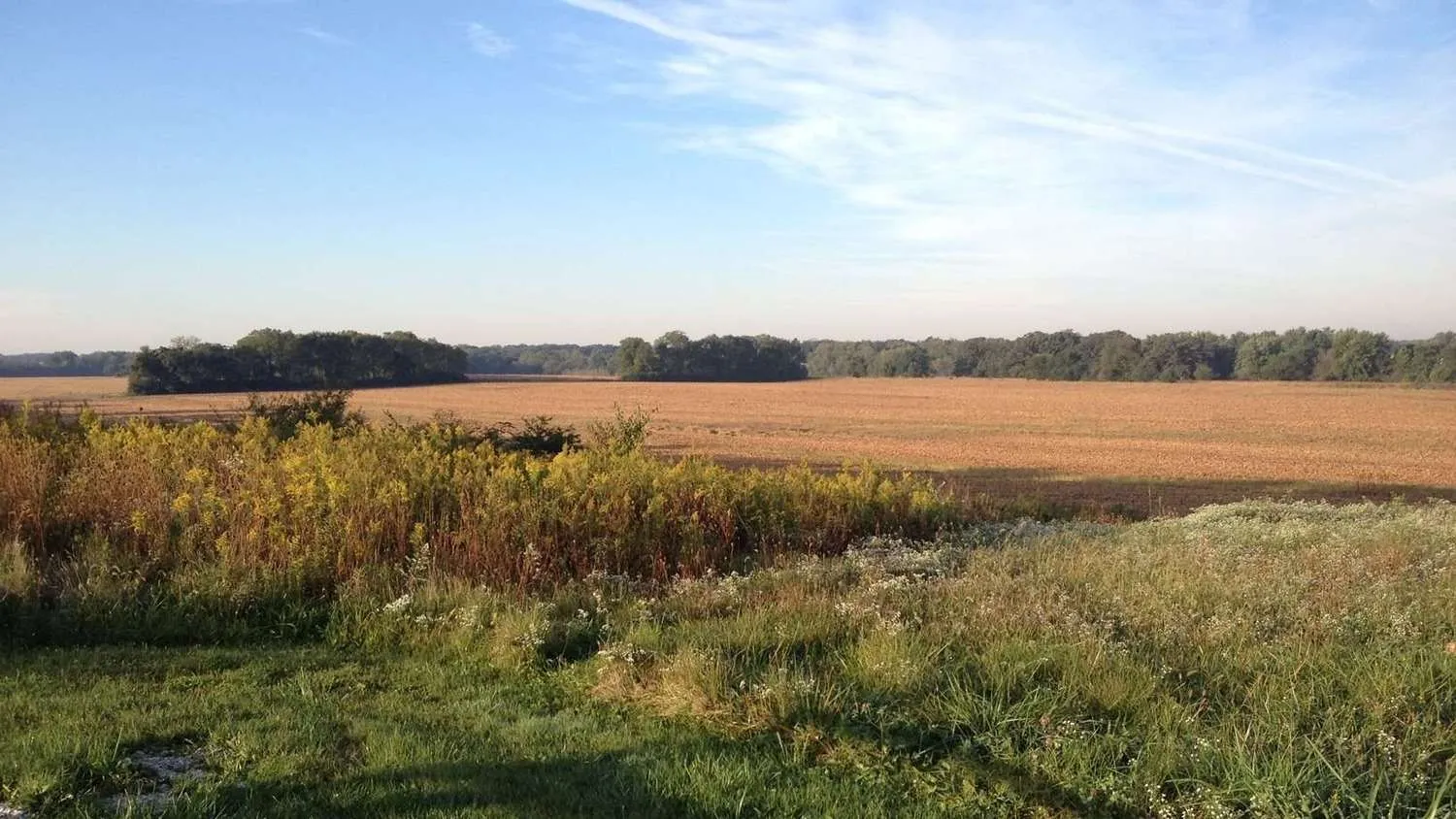About Prairie Bluff Preserve
Prairie Bluff Preserve protects wetland habitat including water sources to the adjacent Lockport Prairie Nature Preserve, home to the Federally-endangered Hine’s Emerald Dragonfly and much of the remaining dolomite prairie, a globally-rare habitat.
More to Explore in Will County, IL
Become an Openlander
Donate to make a difference. Your support as an Openlander ensures we can keep connecting people to nature in the Chicago region.


